Triggerfish are a family of marine fishes, some of which are popular in saltwater aquariums. Most species are colorful, and marked with spots or stripes. These pretty colors and patterns are what make them popular aquarium fish. Despite this, they can actually be somewhat poor pets because of their tendency towards aggression. Read on to learn about the triggerfish.
Description of the Triggerfish
For the most part, these fish are small or medium-sized. A few species can grow larger, and their maximum size is 3.3 ft. long. Their bodies are oval-shaped, and come to a point at the mouth. They are also tall and narrow, which is known as “lateral compression.”
Along the tops and bottoms of their bodies they sprout large fins. The top fin (dorsal) and bottom fin (anal) are quite large, and provide most of the fish’s motion. When they must swim quickly, they use their tail fins.
Interesting Facts About the Triggerfish
These beautiful fish are intriguing creatures, which have a number of traits and behaviors to help them survive in their ocean environment.
- Alert! – While diving along the reef, you might hear a grunting sound, almost like a pig. You aren’t hearing things! Triggerfishes emit a grunt-like noise when they spot a predator. This warns other animals of the danger.
- That’s a Mouthful – The reef triggerfish is the state fish of Hawaii. However, in Hawaii they are known by another, much longer name. The Hawaiians call reef triggerfish humuhumunukunukuapua’a. In the Hawaiian language, every single vowel and consonant is pronounced.
- Chompers – Speaking of mouthfuls, there is a reason for the oddly-shaped heads these creatures possess. They use their strong, powerful, jaws to crush shelled invertebrates. Some species also use their tough teeth to scrape algae.
- Don’t Mess with Mama – These fish have a reputation for being incredibly aggressive. A few species are even known to attack divers! However, they don’t attack without reason. Most angry triggerfishes are actually protecting their nests from perceived predators.
Habitat of the Triggerfish
While there are approximately 40 different species of triggerfish, most live in the same types of habitats. They prefer to live in shallow waters close to the coast, particularly along coral reefs. Where coral reefs are absent, rocky outcrops and other shallow aquatic habitats are acceptable. Some species, namely the oceanic triggerfish, are pelagic. This means that they live in the open ocean rather than close to shore.
Distribution of the Triggerfish
Different species of triggerfish reside in oceans worldwide. However, temperature restricts their distribution somewhat. The vast majority of species live in tropical waters where coral reefs can thrive. Other species can live in subtropical oceans as well. The highest number of species lives in the Indo-Pacific region.
Diet of the Triggerfish
These fish feed primarily on hard-bodied invertebrates. Some of their favorite foods include sea urchins, crabs, shrimp, sand dollars, sea cucumbers, starfish, and more. Some species will also feed on algae, but most are carnivorous in nature. Rather than catching swift prey by out-swimming it, these fish target slow-moving creatures. They can eat this armored prey by using their powerful jaws to crush shells and exoskeletons.
Triggerfish and Human Interaction
Because these fish live amongst coral reefs, they interact with humans relatively frequently. Capture for the pet trade puts pressure on their populations. As with all species that are reliant upon coral reefs, pollution and climate change pose a serious threat as well. Pollution increases the acidity levels in the water. Sensitive coral species die off, and productive reefs can no longer function. The same impact happens with temperature change.
Domestication
While breeding some species in captivity is possible, selective breeding for long periods has not be undertaken. This means humans have not domesticated these fish to any extent.
Does the Triggerfish Make a Good Pet
Though some aquarists keep these fish in aquariums, they usually do not make very good pets. These fish can be very aggressive towards other fish. When keeping triggerfishes, they usually require their own, separate tank. In addition, it is important not to handle these fish in any way.
Triggerfish Care
Saltwater tanks require careful maintenance at the correct temperature, salinity, and pH, for the fish to survive. When provided with the proper environment and nutrition these fish can be quite hardy.
It is important not to house these fish with any hard-shelled invertebrate, which would quickly become lunch. There are a variety of commercial fish foods, frozen shrimp, freeze-dried krill, and others that are available to feed triggerfish. Providing variety, and vitamins supplements as necessary, is key to keeping these creatures healthy.
Behavior of the Triggerfish
Many species of triggerfishes are highly territorial. In some species, males cannot mate unless they can maintain a territory. The male defends a territory to attract females. He will maintain a small harem of females, and will guard them viciously. This guarding also applies to nesting sites in some species.
Reproduction of the Triggerfish
Each species has highly variable reproductive rates. Some species, like crosshatch triggerfish, will spawn in the morning and the eggs will hatch that night. Females will lay their eggs in a small hole in the sand, and the male will fertilize them after they have been laid. In some species the young fish will live amongst seaweed or floating sargassum while they develop and grow.

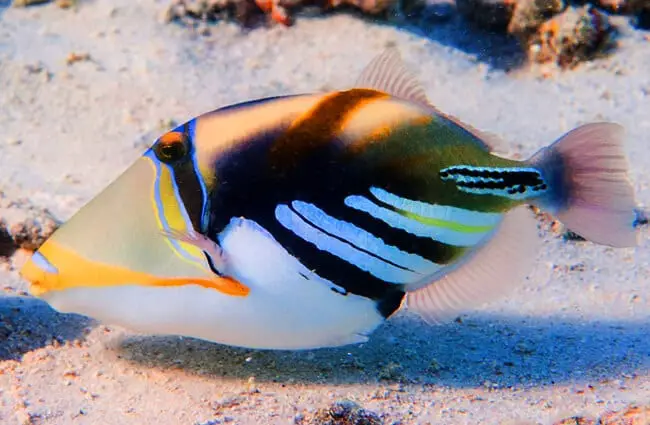

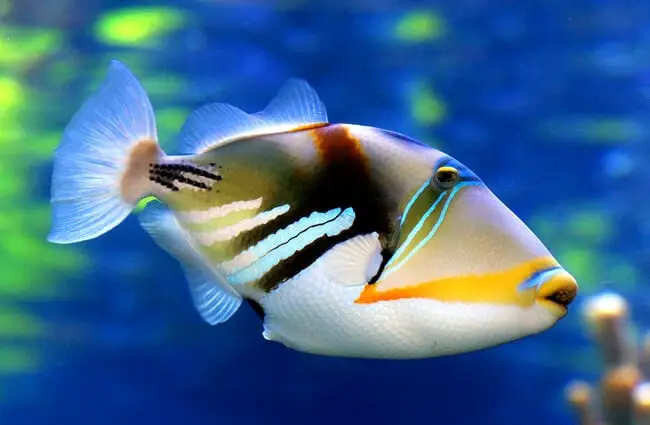
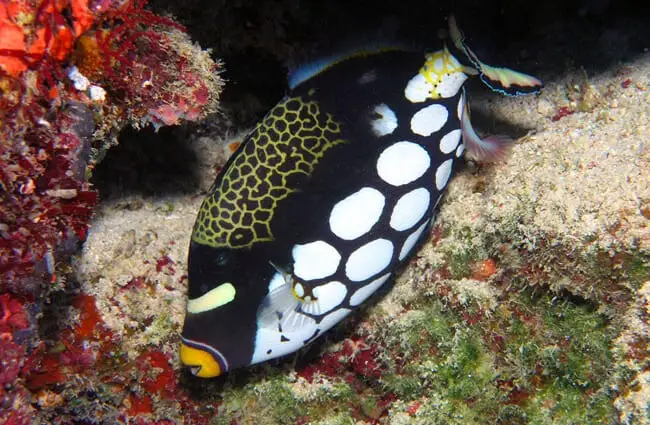
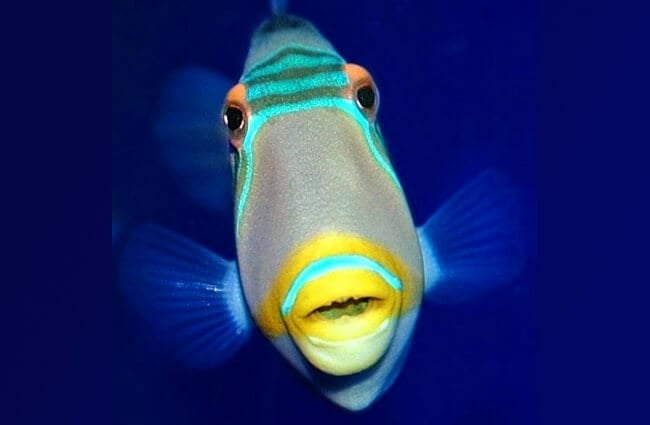
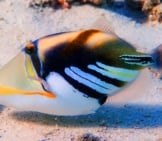
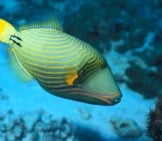


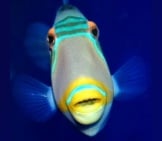
![Red Angus Closeup of a beautiful Red Angus cowPhoto by: U.S. Department of Agriculture [pubic domain]https://creativecommons.org/licenses/by/2.0/](https://animals.net/wp-content/uploads/2020/03/Red-Angus-4-238x178.jpg)












![Red Angus Closeup of a beautiful Red Angus cowPhoto by: U.S. Department of Agriculture [pubic domain]https://creativecommons.org/licenses/by/2.0/](https://animals.net/wp-content/uploads/2020/03/Red-Angus-4-100x75.jpg)

